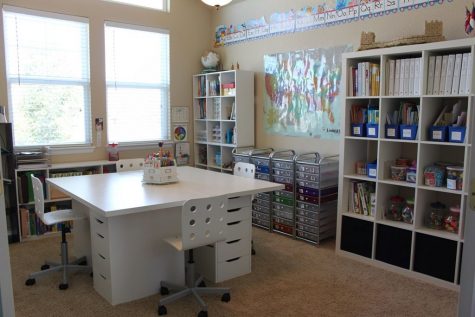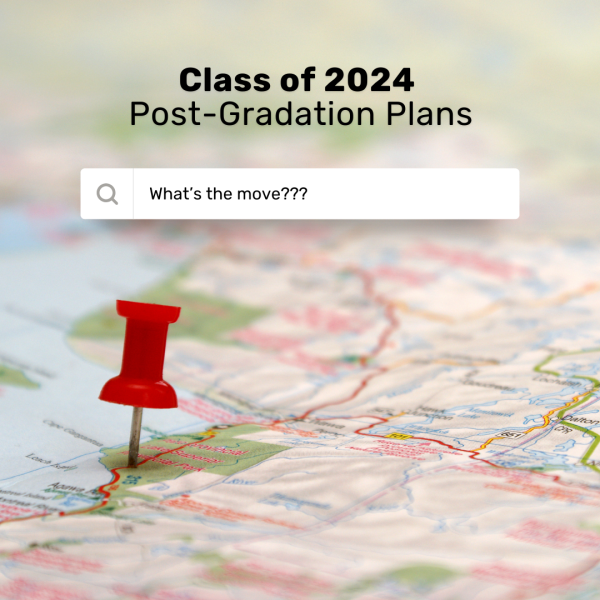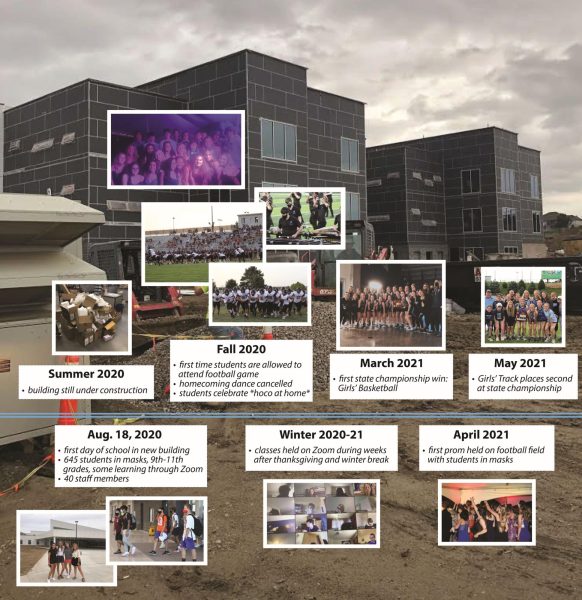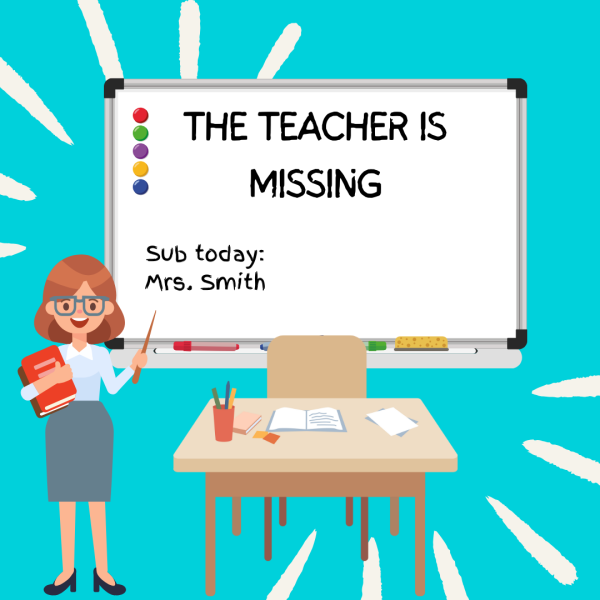Homeschooling on the Rise
Understanding the increase in homeschooling across the nation.
Since the founding of the United States of America, educational institutions have been key to the success of the nation. Dating back to the 17th Century, the Puritans established the first college in America, Harvard University. Even from this small beginning, the ramifications would lead to education being institutionalized.
Today, schools have continued to be key as they serve as a backbone for Americans with their future plans and in their daily lives. While most families decide to send their children to private or public schools, others decide to school at home.
Homeschooling as people know it first started at the beginning of the 1990s. It became legal in all 50 states in 1993 and some families quickly began to take advantage of this opportunity, according to the Home School Legal Defense Association.
For many, homeschooling is appealing as it allows for education that caters to the needs of individual students. With this, families can pick curriculums that fit their needs at a faster pace than public schools. Also, homeschooling allows for greater flexibility within a student’s schedule.
Even in Elkhorn, some students have taken advantage of the benefits that come with homeschooling. Emily Miller, a junior at Elkhorn North, decided to homeschool back in 7th grade. She, like many other students that homeschool, experienced both the ups and downs of this type of schooling.
“I definitely learned better at homeschooling than at public school. I just enjoyed it more. We had more crafts and projects that my mom and I did together,” Miller said. “I was always done really early and the lessons were very personal and interactive.”
Students get more family time with these benefits, but staying in contact with peers on a daily basis is a challenge as public schools are in session during the day. Miller mentioned that at times it “can be lonely,” but she was able to stay in contact with her friends even with this obstacle.

Now, students and their families have been able to enjoy homeschooling for a little under three decades. Throughout these years, rates of enrollment steadily increased all the way up until 2020. In the spring of 2020, “about 5.4% of U.S. households with school-aged children reported homeschooling,” according to the U.S. Census. “By fall, 11.1% of households with school-age children reported homeschooling.”
What exactly caused this massive increase?
In short, the Covid-19 pandemic was the culprit. The pandemic caused disruption in all aspects of life, including education. With the fear of the virus spreading, schools across the country sent students into online learning for the rest of the 2019-2020 school year and into the 2020-2021 school year. With the uncertainty that the virus brought as it pertains to education, many families turned to homeschooling as an alternative to public schools.
One family in Elkhorn, the Shadas, decided that making the switch would be the best route for their second-grade daughter during the 2020-2021 school year.
“We homeschooled our daughter last year because we were concerned that the schools would switch to remote learning during the pandemic. We felt that homeschooling would provide her with a better, more consistent education during a year where there were many pivots and unknowns,” said Catherine Shada, mother of three.
Not only did homeschooling provide a more consistent education during a pandemic filled with uncertainty, but it brought about many other benefits as well.
“It allows families more flexibility with their schedules, particularly if they can incorporate travel into the educational experience,” said Shada. “It also allows families to choose curriculum that aligns with their values and the learning needs and goals of each child.”
These benefits were much like the ones experienced before the pandemic. However, the freedom and flexibility that it provided were highlighted by the pandemic as many schooling options had been confined to online learning or restricted in-person learning during the 2020-2021 school year.
Through this, the increase in homeschooling among Americans can be largely attributed to the Covid-19 pandemic.
It will be interesting to see whether homeschooling rates will stay the same or drop as the pandemic is stalling and society is returning to normal as the end of 2021 approaches. Because the majority of schools in the nation have returned to in-person learning either with or without mask or vaccination requirements, many experts expect that there will be an increase in public school enrollment in the upcoming school year.
Your donation will support the student journalists of Elkhorn North High School. Your contribution will allow us to purchase equipment and cover our annual website hosting costs.












